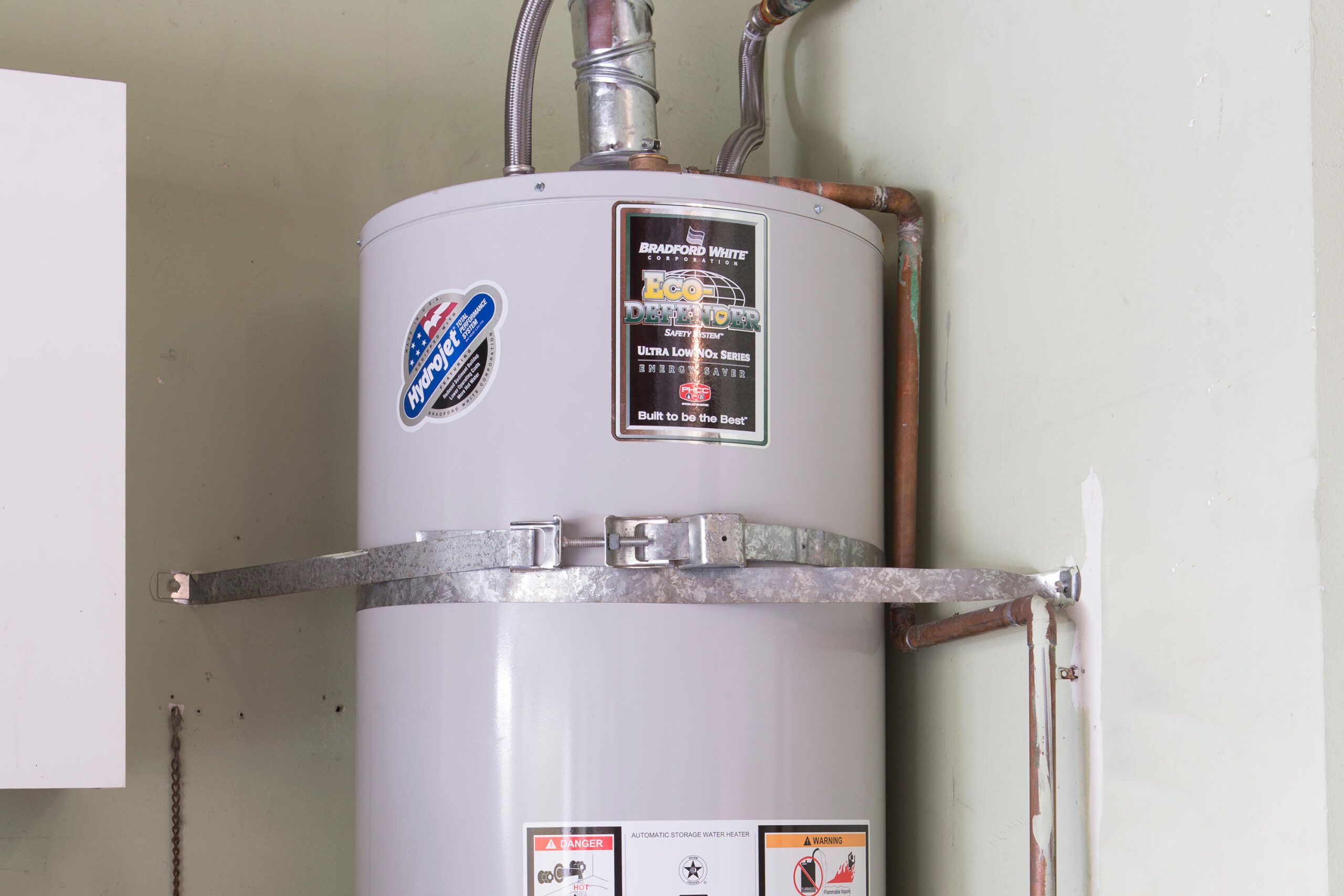Key Tips on Maintaining Your Home's Hot Water System
Key Tips on Maintaining Your Home's Hot Water System
Blog Article
How do you actually feel when it comes to Water Heater Maintenance Tips You Can't Afford to Forget?

Warm water is necessary for everyday comfort, whether it's for a refreshing shower or cleaning meals. To ensure your warm water system runs successfully and lasts much longer, regular upkeep is crucial. This short article provides sensible pointers and insights on how to keep your home's hot water system to avoid disturbances and costly fixings.
Intro
Preserving your home's hot water system may seem overwhelming, however with a few easy actions, you can guarantee it operates efficiently for many years to come. This overview covers everything from recognizing your hot water system to do it yourself maintenance pointers and understanding when to call specialist assistance.
Relevance of Preserving Your Warm Water System
Routine upkeep not only expands the life expectancy of your warm water system but additionally ensures it operates successfully. Overlooking maintenance can lead to reduced performance, higher energy costs, and also premature failing of the system.
Signs Your Hot Water System Demands Maintenance
Understanding when your warm water system needs attention can avoid significant concerns. Look out for indications such as irregular water temperature level, strange sounds from the heating system, or corroded water.
Understanding Your Hot Water System
Prior to diving right into upkeep tasks, it's practical to recognize the basic elements of your warm water system. Typically, this includes the hot water heater itself, pipelines, anode rods, and temperature controls.
Regular Monthly Upkeep Tasks
Normal monthly checks can help capture small concerns before they escalate.
Flushing the Water Heater
Flushing your hot water heater gets rid of sediment buildup, improving effectiveness and extending its life.
Monitoring and Changing Anode Rods
Anode poles prevent rust inside the storage tank. Inspecting and changing them when worn is important.
Checking and Adjusting Temperature Settings
Readjusting the temperature level setups ensures optimal performance and security.
DIY Tips for Upkeep
You can execute several maintenance tasks yourself to keep your warm water system in leading condition.
Checking for Leakages
Consistently evaluate pipelines and links for leakages, as these can cause water damages and higher bills.
Evaluating Pressure Alleviation Valves
Examining the stress safety valve ensures it functions correctly and prevents too much pressure accumulation.
Protecting Pipes
Shielding warm water pipes reduces warmth loss and can conserve power.
When to Call a Professional
While DIY upkeep is useful, some issues call for specialist competence.
Complicated Issues Requiring Specialist Assistance
Instances consist of major leakages, electrical troubles, or if your water heater is consistently underperforming.
Regular Professional Upkeep Benefits
Specialist upkeep can consist of comprehensive assessments, tune-ups, and ensuring conformity with safety and security criteria.
Conclusion
Routine maintenance of your home's warm water system is important for effectiveness, long life, and cost financial savings. By complying with these pointers and understanding when to seek professional assistance, you can ensure a trustworthy supply of hot water without unanticipated disruptions.
How to Maintain an Instant Hot Water Heater
Before tinkering with your hot water heater, make sure that it’s not powered on. You also have to turn off the main circuit breaker and shut off the main gas line to prevent accidents. Also turn off the water valves connected to your unit to prevent water from flowing into and out of the appliance. 2. When you’re done, you have to detach the purge valves’ caps. These look like the letter “T†and are situated on either side of the water valves. Doing so will release any pressure that has accumulated inside the valves while at the same time avoid hot water from shooting out and burning your skin. 3. When the purge valves’ caps are removed, you have to connect your hosing lines to the valves. Your unit should have come with three hoses but if it didn’t, you can purchase these things from any hardware or home repair shops. You can also get them from retail stores that sell water heating systems. Read the user’s manual and follow it to complete this task properly. When the hosing lines are connected, open the purge port’s valves. 4. You should never use harsh chemical cleaners or solutions when cleaning your unit. Make use of white vinegar instead. It should be undiluted and you’ll probably use about 2 gallons. 5. Now flush your water heater. This task should probably take about 40 minutes. We can’t give you specific directions for this because the procedure is carried out depending on the type, model and brand of your heater. With that being said, refer to the user’s manual. 6. When you’re done draining the unit, you have to turn off the purge port valves again. Remove the hosing lines that you earlier installed on each of the water valves. Put the valve caps (purge port) back in their respective places and be very careful so as not to damage the rubber discs that are found inside these caps. 7. Now that everything’s back in place, check your user’s manual again to find out how to reactivate your water heating system. 8. Once it is working, turn one of your hot water faucets on just to let air pass through the heater’s water supply pipes. Leave the tap on until water flows smoothly out of it. https://www.orrplumbing.com/blog/2014/september/how-to-maintain-an-instant-hot-water-heater/

I came across that article about Tips For Maintaining Your Hot Water Heater while scouting around the internet. Feel free to pause to share this blog posting if you enjoyed reading it. I take joy in your readership.
Book Your Service Report this page